
By Clement Oko, Coordinator GLFx Calabar, Project Director, Biodiversity Rescue Club (BRC), Nigeria.
The word Biodiversity comes from one Greek word, “bios,” which means life, and one Latin word, “dīversitās,” which means variety. Therefore, biodiversity means the different kinds of life on Earth, from the tiny microorganisms invisible to the naked eye to the giant African elephants. Oh yes, and you are included in the definition of biodiversity too.
According to the IUCN Red List of Threatened Species, more than 47,000 species are threatened with extinction, including birds, mammals, corals, amphibians, cycads, reptiles and crustaceans.
We can only imagine the thousands of species stranded by the loss of their habitat, especially in mangroves that are breeding grounds for sea creatures such as mollusks and crustaceans.
Mangrove restoration and conservation boost food security and local livelihoods for coastal communities. What’s more, mangroves and their underlying soils sequester carbon at up to four times the rate of terrestrial forests on a per hectare basis, making them an essential tool in the fight against the climate crisis.
However, over one million hectares of mangrove have been lost since 1996. An average of over 35,000 hectares have been lost each year in the last 29 years since I was born.
Undoubtedly, we are witnessing an unprecedented decline in global biodiversity, threatening ecological balance, human well-being and future prosperity. Like David Suzuki said, “I can’t imagine anything more important than air, water, soil, energy and biodiversity. These are the things that keep us alive.”
Frans Lanting also said, “Biodiversity starts in the distant past, and it points toward the future.”

Inspiring young stewards
It is imperative to empower young minds with the knowledge, skills, and inspiration to champion harmony with nature and sustainable development. As a youth-led organization, we firmly believe that the energy, innovation and fresh perspectives of young people are indispensable to charting a sustainable future for biodiversity.
At the Biodiversity Rescue Club (BRC) in Nigeria, we are taking action to educate and inspire young people to act. On 22 April 2025, BRC embarked on an education outreach campaign in commemoration of World Earth Day with the theme: “Our Power, Our Planet.”
The event brought together 119 children ranging from age 6 to 17 and over 23 adults between the ages of 18 to 57, including women, all from within our restoration project community of Esierebom, in Calabar South Local Government Area of Cross River State, Nigeria.
While educating students at schools, we use many methods of teaching and illustrations to ensure a deep understanding of the day’s event, which include conservation games, storytelling, songs, film shows and the distribution of notebooks.

Considering the alarming rate of biodiversity extinction, the need for conservation education is more urgent than ever.
We are working closely with schools and teachers of our community to establish conservation clubs. We also pay monthly visits to these schools to evaluate and facilitate the progress of the clubs. So far, the club’s initiatives have been nothing short of incredible.
Using one candle to light others
Not all clubs have the same knowledge, therefore we began an exchange visit initiative, where passionate club members were taken to visit other schools to share presentations, poems and songs. From this, we see students being inspired by their peers from other schools’ clubs, and teachers pledging their commitment to build their assigned clubs.
Partnership for restoration

In partnership with the Global Landscapes Forum (GLF), the Biodiversity Club Rescue is hosting GLFx Calabar, a community-led local chapter represented by our youth-led organization with expertise in biodiversity restoration, environmental education, and the mobilization of communities and human action toward creating a sustainable planet.
We are also a part of the Restoration Stewards program with the GLF. With their support, we planted 3,000 mangrove seedlings in 2024. Now, we use the iNaturalist app to regularly evaluate the health of these seedlings.
In less than a year since receiving funding from the Restoration Steward program, we’ve seen over a 50 percent increase in our community’s awareness about the importance of restoring mangroves. We are turning the tide.
We are harmonizing the community with our natural heritage of mangroves in our fight against the climate crisis. In the Esierebom community today, our team members continue to instill the invaluable importance of restoring mangroves for the health of our planet and in safeguarding our communities.
We also work in partnership and with the support of other organizations such as the Young Voices for a Greener Coast, an initiative of Plogging Nigeria. On 4 April 2025 we worked together to plant mangrove seedlings in the wetlands of the Esierebom community, Calabar, Nigeria.
This ‘tides of change’ movement brought together over 200 participants from the university community to get dirty in the mud and plant mangroves. This work aims to recover our native mangrove ecosystems from invasive Nypa palms. This initiative was proudly funded by UNICEF for Plogging Nigeria.
Looking ahead

In our work, we still face many challenges, such as financial challenges, which affect the cost of operations and movement within schools where we have already established biodiversity rescue clubs. Without adequate funding, we have less ability to establish more clubs in other schools or engage in other educational activities such as excursions, film shows, workshops or removing invasive species and then replacing them with mangroves.
As we are already halfway to 2030, the target year to achieve the United Nations’ Sustainable Development Goals (SDGs), we keep asking ourselves how else we can mobilize more partners in our endeavors.
Our work today is not just about protecting an inheritance; it’s about safeguarding what we’ve temporarily borrowed and must return in good condition.



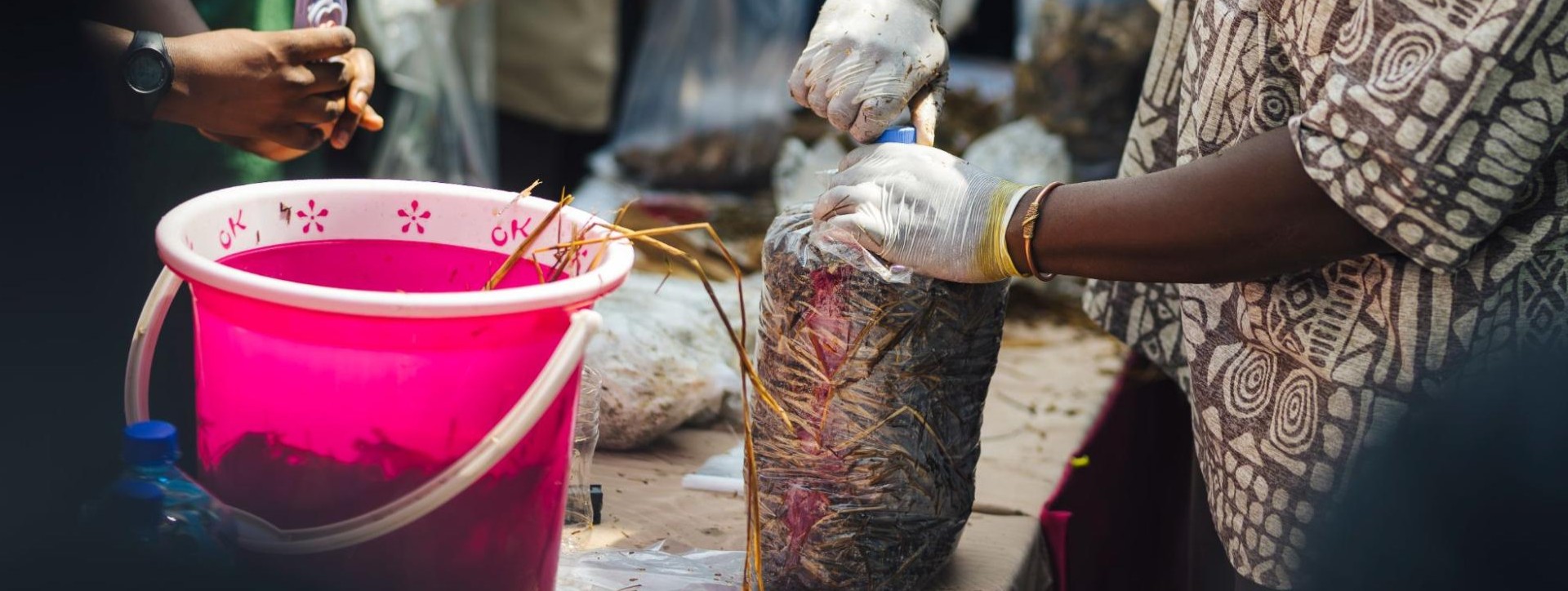
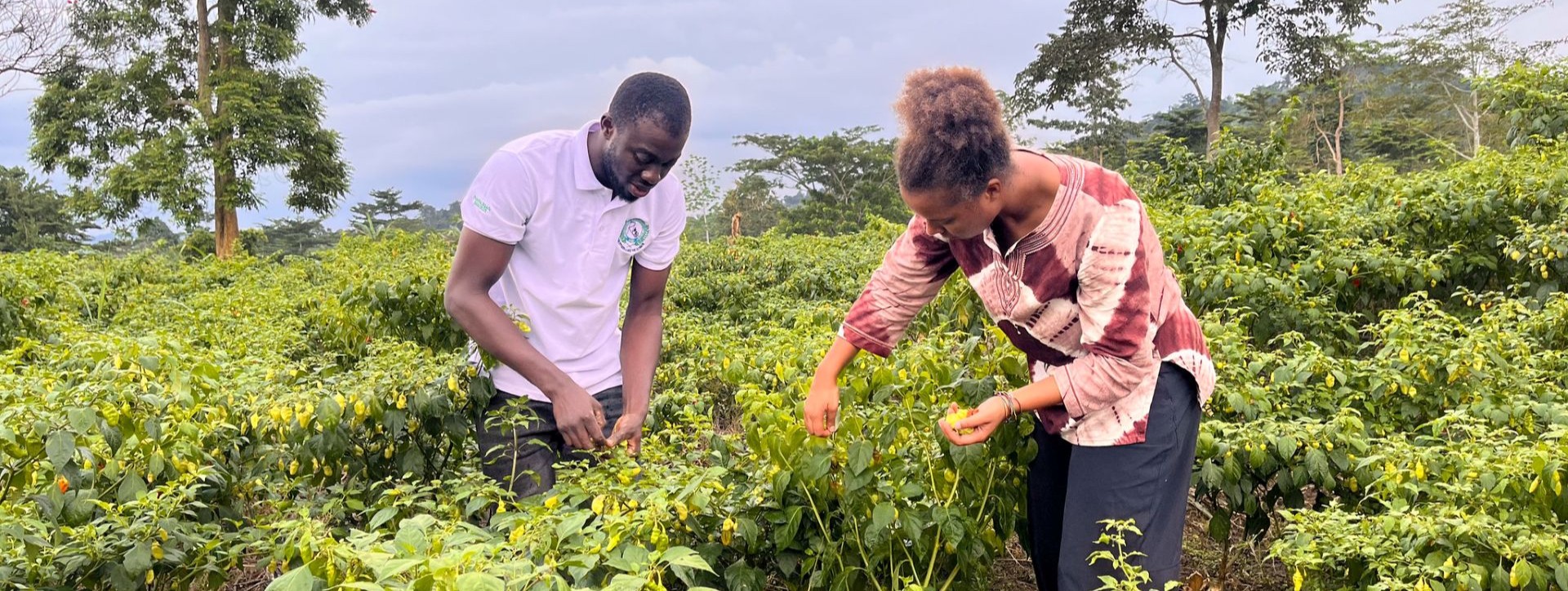
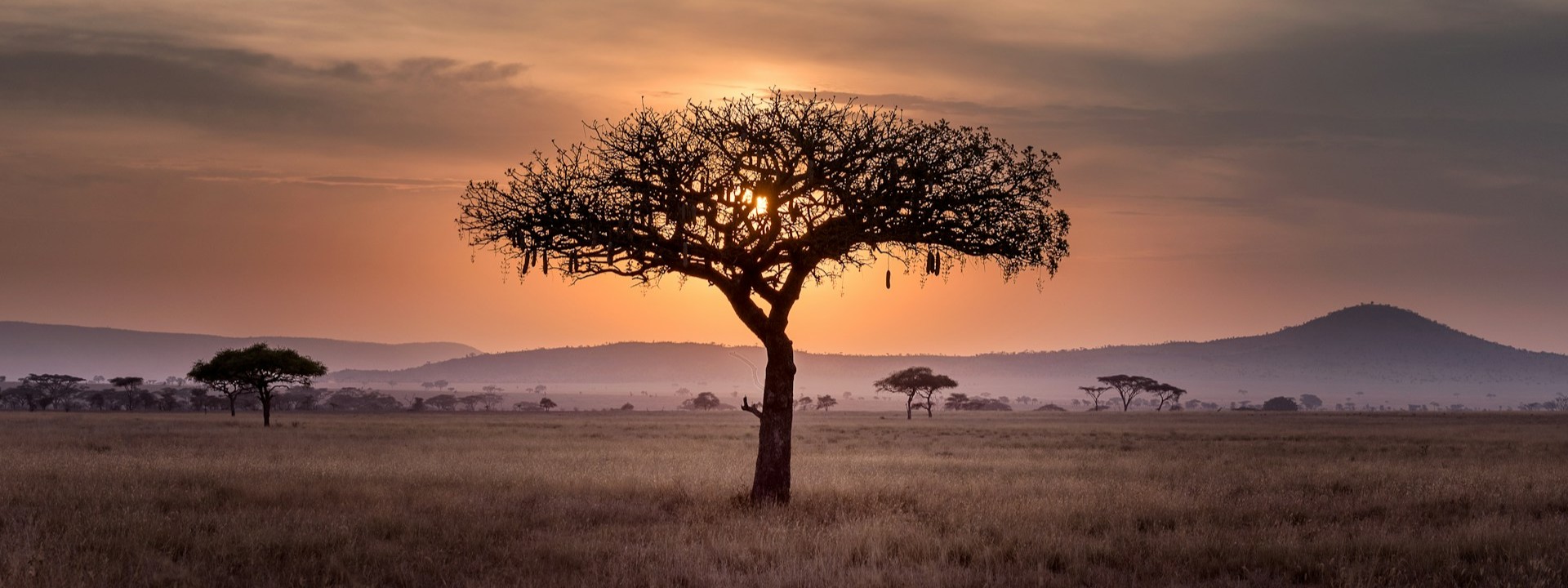
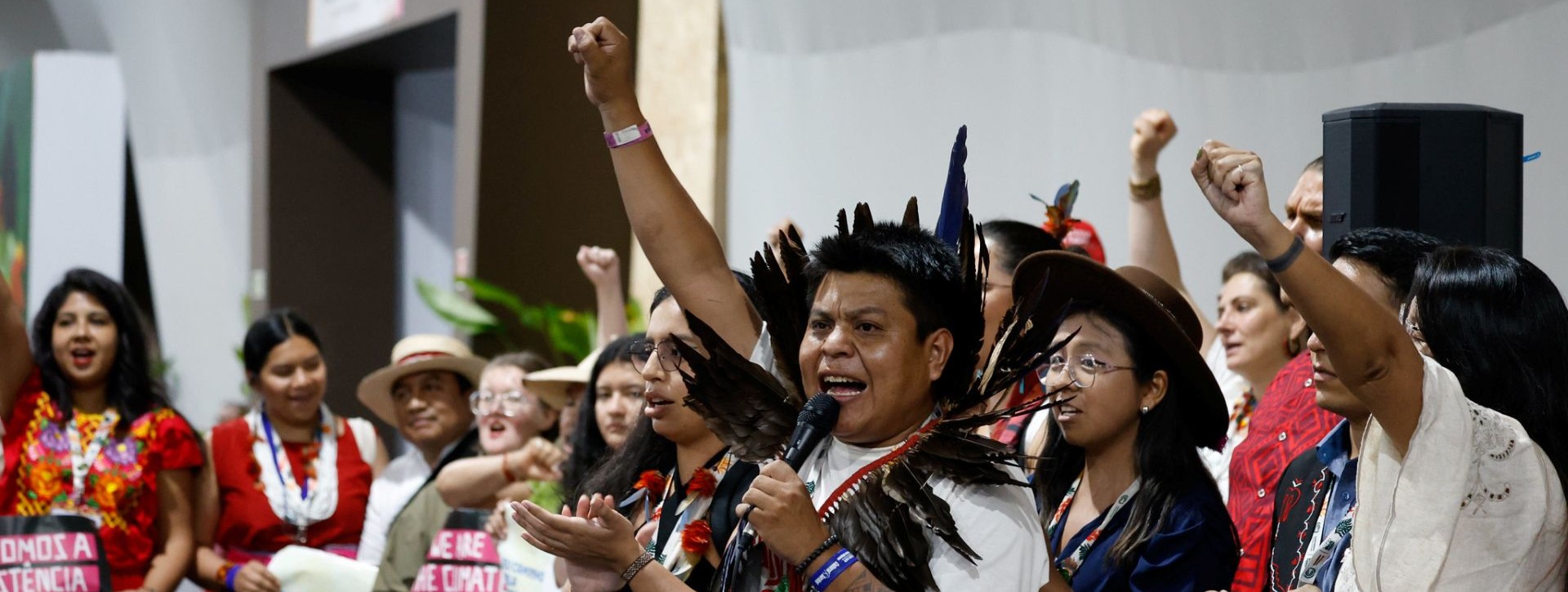
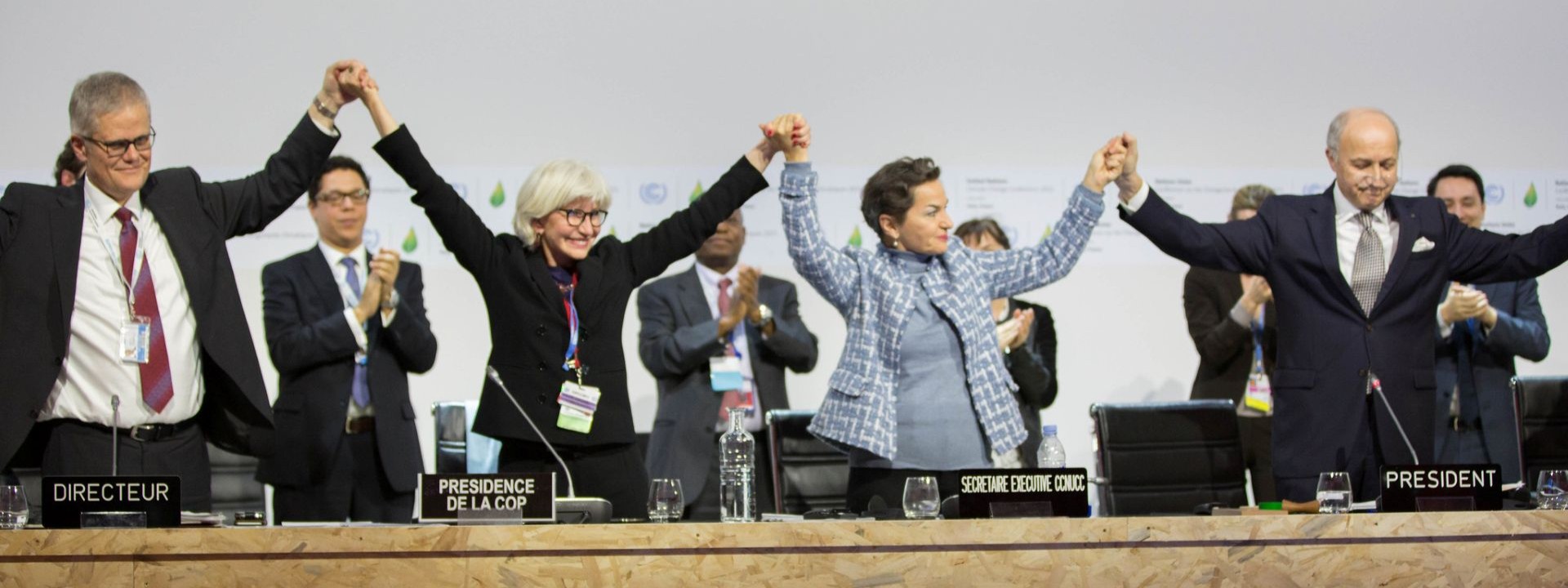
Share your thoughts with us